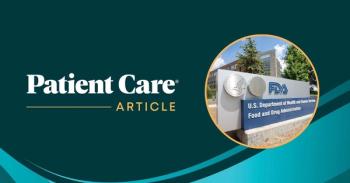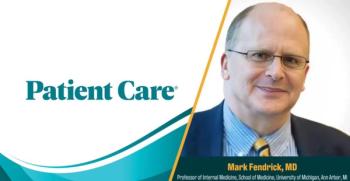
News|Articles|March 9, 2022
COVID-19 Updates: US Vaccinations, Booster Doses, & Global Data as of March 9, 2022
Author(s)Sydney Jennings
Data from the CDC on boosters and US vaccination rates and from the Johns Hopkins COVID-19 interactive map on cases and deaths in the US and worldwide.
Advertisement
How many fully vaccinated Americans have received a booster dose?
According to the Centers for Disease Control and Prevention (CDC) as of today, March 9, 2022, at 3:35 PM, EDT:
44.1% of fully vaccinated persons in the US have received a booster dose of COVID-19 vaccine.
What percentage of people across age groups in the US have been fully vaccinated?
According to the CDC as of today, March 9, 2022, at 3:35 PM, EDT:
• 65.2% of total US population
• 69.3% of US population aged ≥5 years
• 73.6% of US population aged ≥12 years
• 75.1% of US population aged ≥18 years
• 88.8% of US population aged ≥65 years
The 5 states/territories with the highest percentage of population fully vaccinated are:
1. Puerto Rico: 81.8%
2. Rhode Island: 81%
3. Vermont: 80.4%
4. Maine: 78.5%
5. Connecticut: 78%
2. Rhode Island: 81%
3. Vermont: 80.4%
4. Maine: 78.5%
5. Connecticut: 78%
How many cases of COVID-19 have been confirmed in the US?
According to the Johns Hopkins COVID-19 interactive map , as of today, March 9, 2022 at 5:20 PM, EDT, there have been:
• 79 395 869 confirmed cases and
• 963 506 deaths
• 963 506 deaths
The 5 states with the highest total confirmed cases are:
1. California: 9 022 912
2. Texas: 6 652 910
3. Florida: 5 858 052
4. New York: 4 939 168
5. Illinois: 3 042 495
2. Texas: 6 652 910
3. Florida: 5 858 052
4. New York: 4 939 168
5. Illinois: 3 042 495
Deaths: California has the highest number of deaths due to COVID-19 with 86 850 reported fatalities, followed by Texas with 86 045 and Florida with 71 397.
How many cases of COVID-19 have been confirmed globally?
Globally, there have been 450 662 579 confirmed cases, 6 020 251 deaths, and 10 634 070 982 vaccine doses administered.
Newsletter
Enhance your clinical practice with the Patient Care newsletter, offering the latest evidence-based guidelines, diagnostic insights, and treatment strategies for primary care physicians.
Advertisement
Latest CME
Advertisement
Advertisement
Trending on Patient Care Online
1
Phase 3 Data Support Oral Orforglipron for Weight Maintenance After GLP-1–Based Weight Loss
2
Needle Anxiety and Injection Site Pain: Evidence-Based Strategies for Patient Counseling on Injectable PrEP
3
FDA Approves Abbott Volt Pulsed Field Ablation System for Treatment of Atrial Fibrillation
4
Noninvasive CRC Screening Needs More Primary Care Advocates: Thoughts from Mark Fendrick, MD
5
















































































































































































































































































